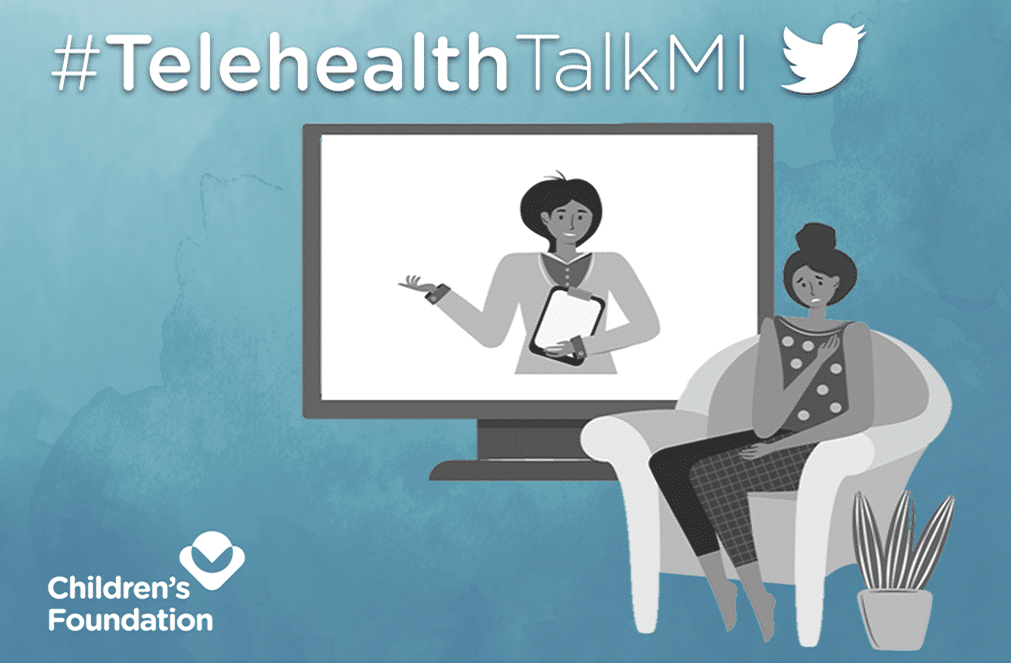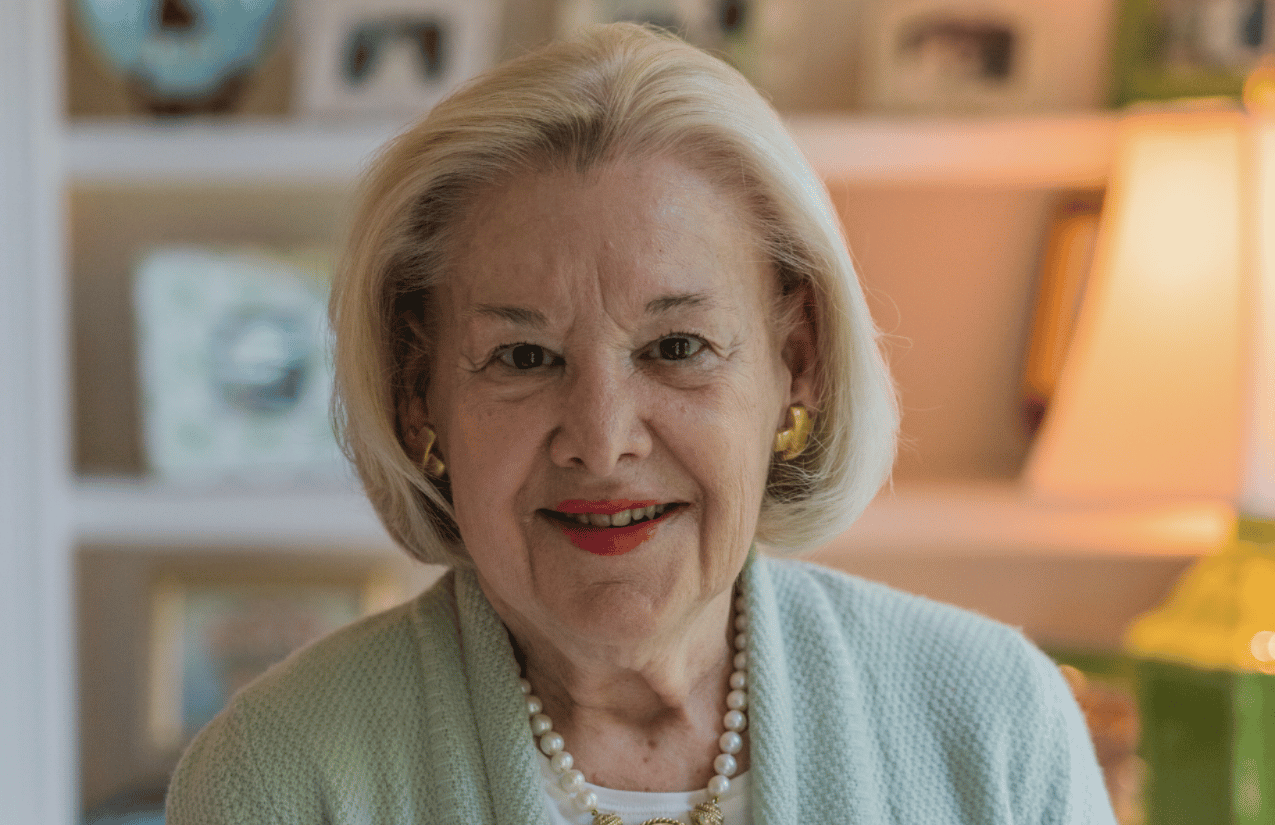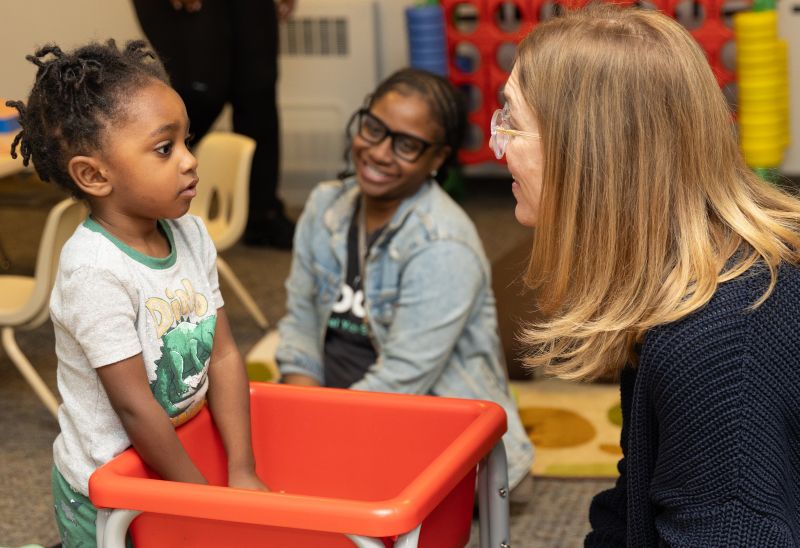
On Wed., June 17, Children’s Foundation hosted a Twitter Chat to bring together organizations and providers to discuss their experiences transitioning to telehealth, the impact it has had on the communities they served, and what providers believe the future holds for remote medicine and psychology.
Highlights from the conversation are available below; click the question to read all corresponding responses or visit #TelehealthTalkMI on Twitter for a complete review.
- CARE OF Southeastern Michigan: We began providing telehealth and virtual substance use disorder recovery and prevention programs at the start of the COVID-19 pandemic to support parents, teachers, and kids through our prevention programs. Our peer recovery coaches, prevention team, counselors, and case managers can all serve the community through telehealth and virtual programing.
- Easterseals: In mid-March, we transitioned most of our clients to telehealth as a safer alternative to meeting in the home and communities. Since then, we have provided individual, family, and parent therapy on this platform.
- Michigan State University Collegiate Recovery Community: We had preconceptions/worries about not being able to engage students at the same level and missing out on nonverbal cues. These have been challenges in some cases, especially when internet connectivity is a barrier but not to the extent we had feared. Not all students feel comfortable with telehealth and we have been creative and flexible to find other ways to offer support including sending care packages check-ins via phone, email and text.
- LifeLab Kids: FAQ’s we get are: Will it be as effective? What if they don’t pay attention? How am I going to manage therapy and working from home? How does telehealth work with my insurance?
- The Guidance Center: Clients had questions about the use of technology, confidentiality, and privacy.
Q3: What types of in-person visits are most easily transitioned to a telemedicine format?
- CARE of SEM: Counseling sessions were the easiest to transition, but we’ve also had a lot of success with the recovery groups. It was also easier to connect with people by phone and video that were already engaged in services than people newly engaging in services. One area that was challenging to transition was our home-based programming for parents with kids under the 5. It can be difficult to work with both the young child and the parent via video.
- Jaimie Clayton/Oakland Family Services: Teens 9-13 did well because of their love of technology and clients seeking psychiatric services had increased engagement. Also, victims of domestic violence or other abuse are not good candidates.
Q4: What are the opportunities that telemedicine provides regarding access and quality of care?
- Dr. Elizabeth Koschmann/TRAILS: This feedback is from a school partner regarding TRAILS lessons provided to students during the pandemic: “Even in a virtual environment, we seemed to connect in some ways that were even closer and more personal than when we work in person.”
- Dr. Arash Javanbakht/Wayne State University: I believe it will be the future of our practice, pandemic just expedited the process. Reduces cost for patient/ provider, helps especially less resourceful patients with limited transportation/childcare access to make it to visits; and those in remote area. I expect it will reduce no show and increase compliance with treatment, given ease of access to care.
Q5: What are the barriers to entry for providers as they begin telemedicine?
- CARE of SEM: Learning the platform is an initial barrier for setting up telehealth and virtual groups. Staying up to date with security features for managing groups can also be a challenge. Another barrier for providers is the cost of updating technology, making sure internet speeds are high enough, and having the right equipment for everyone to perform their work in a remote environment.
- Melanie Cluett/The Children’s Center: Depending on the child’s level of development and/or age, it may be more beneficial to provide parent only sessions to train parents on different skills. In-person sessions have been more beneficial working with children under the age of 5.
- Dr. Elizabeth Koschmann/TRAILS: For many of our vulnerable communities, telehealth provides greater access to care compared to traditional care models, providing students can access the necessary technology. Students and clients may not be comfortable disclosing information during a telehealth visit if they lack adequate privacy or at home due to the presence of household members. In these cases, face-to-face appointments may provide more confidentiality.
- Easterseals: Easterseals has developed a subgroup to brainstorm creative strategies for therapists to assess the safety and privacy needs of clients and families during Telehealth sessions, especially for those who may be high-risk for abuse and neglect.
- LifeLabKids: We believe telehealth will continue to be a widely used platform even after the pandemic. The influx of telehealth has shown those who were skeptical that quality services can be provided when it is the safest or most accessible option for the client.
- Samaritas: Our future will be a beautiful blend of telehealth services WITH face-to-face interactions to best serve people in a holistic approach, meeting people where they’re at to achieve the outcomes we’re all looking for.




